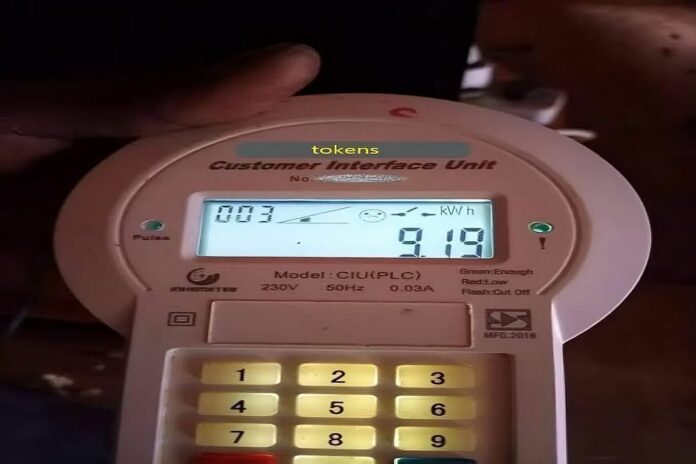The Kenya Power and Lighting Company (KPLC) has explained why some customers receive different token units despite paying the same amount.
In a statement, KPLC said that the amount of electricity purchased is determined by the tariff category to which the customer has been assigned.
“Tariff means the prices, rates, costs, and all other charges, including adjustments, formulae, and other terms and conditions for the supply of electricity energy to consumers,” KPLC explained.
Kenya Power groups customers into 3 different tariffs, based on their monthly consumption patterns.
The Domestic 1 tariff, commonly known as the Lifeline Tariff, is the most affordable and offers lower electricity rates for households with minimal energy needs.
KRA exceeds target as tax collections in Kenya rise to Sh2.571 trillion
To qualify for the Lifeline Tariff, a customer must consistently use less than 30 units of electricity each month.
“If your monthly electricity consumption stays below 30 units per billing period (one calendar month), you qualify for our lifeline tariff of just Sh12.23 per unit exclusive of taxes and levies.
By maintaining your usage under 30 units monthly, you can benefit from this lower rate and manage your electricity expenses more effectively,” KPLC added.
Customers whose monthly electricity usage falls between 30-100 units per billing period are classified under the Domestic 2 tariff.
KPLC says that if a customer consistently uses more than 30 units but stays under 100 units monthly, they will pay Sh16.45 per unit, exclusive of taxes and levies.
The Domestic 3 tariff is the final category and classifies customers whose monthly electricity usage falls between 101-15,000 units per billing period. These customers are charged Sh19.02 per unit exclusive of taxes and levies.
KPLC stressed that a customer’s tariff category is calculated based on their average consumption over three consecutive months, not just their current month’s usage.








